Selecting Plants For A Landscape: A Complete Guide
Plant selection and creating your dream landscape in Richmond, VA, involves more than picking pretty plants. It's about creating a thriving outdoor environment that suits your style and the local climate.
Every plant, from vibrant flowers to sturdy shrubs, contributes to your landscape's beauty and functionality. Choosing the right plants can enhance curb appeal, create cozy outdoor spaces, and attract local wildlife. If you’re looking for
DIY tips, many local hardware stores offer workshops on garden tools and techniques.
This guide helps you select plants for your Richmond landscape. With our comprehensive plant selection tips, you can transform your outdoor setting into a personalized haven.
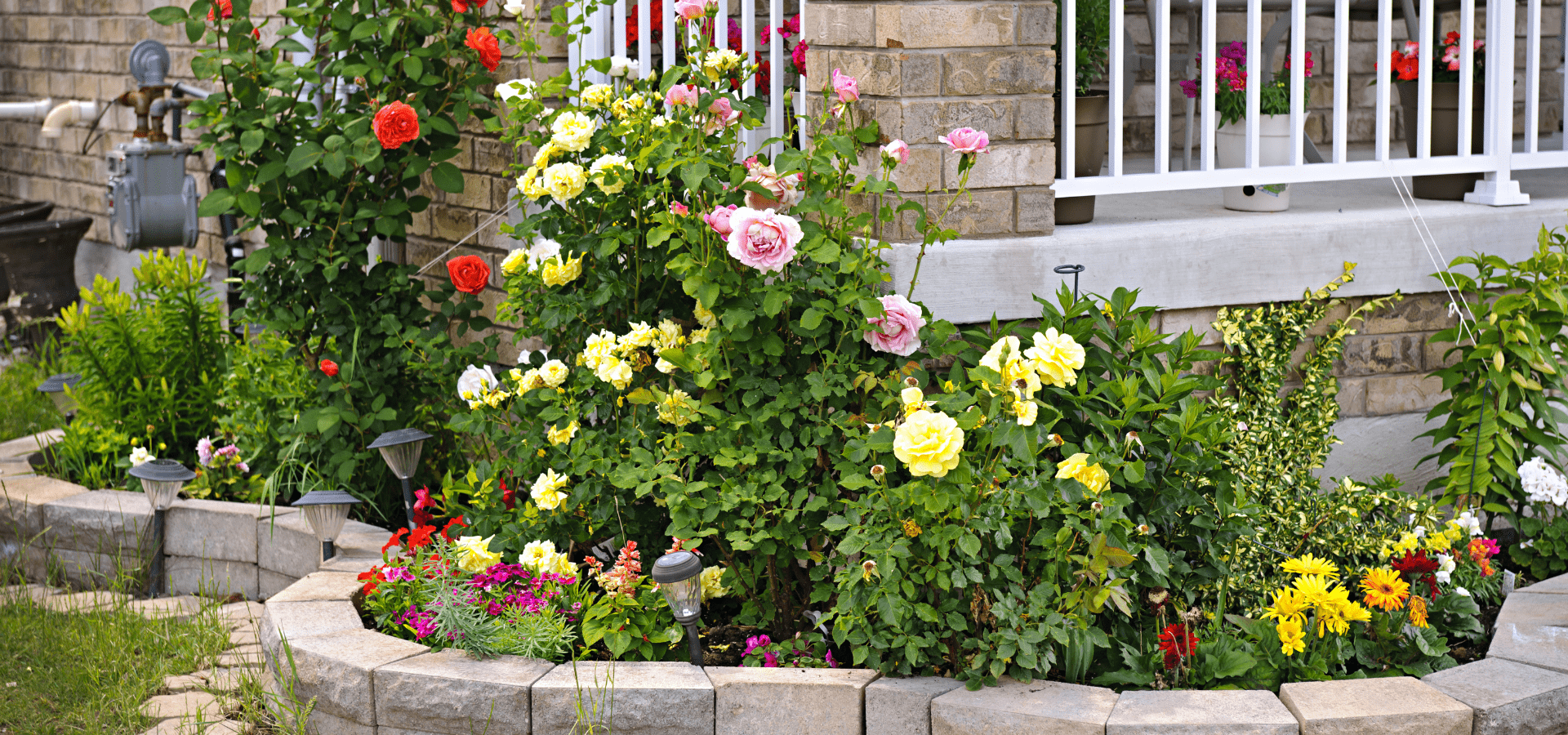
Understanding Your Landscape Needs
Before making plant selections, evaluate your yard's unique conditions and your personal preferences. You can make smarter garden choices by understanding your outdoor space's sunlight, soil, and functional needs.
Assessing Your Yard and Preferences
Start by observing how much sunlight different parts of your yard receive. Check the soil type to see if it's sandy, clay, or loamy.
Next, think about what you want from your garden.
- Do you need shade, privacy, or a play area?
- Is an herb garden at the top of your list?
- Do you like spending time watering, deadheading, or weeding?
- Do you want to create outdoor living room boundaries or privacy screens with plants or shrubs?
- Are you interested in harvesting fruit, nuts, or berries from your yard?
Finally, make a list of your favorite colors and plant types. Notice any existing plants that you want to keep or remove.
Choosing Plants Based on Richmond, VA Climate
Selecting plants that love the local climate affects how your garden fares throughout the year.
Native vs. Non-Native Plants
Native plants naturally grow in the Richmond area. They are well-suited to the local climate and soil, making them easier to care for. Native plants support local wildlife, like birds and bees, by providing food and shelter.
Native plant examples include:
- Black-Eyed Susan: Bright yellow flowers that bloom in summer. They attract butterflies and bees.
- Switchgrass: A tall, native grass that adds texture and movement. It's drought-tolerant and provides excellent habitat for birds.
- Joe-Pye Weed: Tall, pinkish-purple flowers that bloom in late summer. It thrives in moist soil and attracts butterflies.
Non-native plants come from other regions or countries. While they can add unique beauty to your garden, they may need more water, fertilizer, and attention.
Some non-native plants can become invasive, spreading quickly and harming local ecosystems. However, many non-native plants can still thrive if chosen carefully. Consider mixing both native and non-native plants for a balanced and attractive landscape.
Non-native plants that do well in Richmond's environment:
- Hosta: Large, leafy plants perfect for shady areas. They come in many varieties with different leaf colors and patterns.
- Roses: Classic garden favorites with a wide range of colors and types. They need regular care but reward you with beautiful blooms.
- Boxwood: Evergreen shrubs for hedges and borders. They are easy to shape and maintain.
Climate Zone Compatibility
Richmond is in USDA Hardiness Zone 7. That means it experiences moderate winters and hot, humid summers. When selecting plants, choose those that can tolerate heat and cold snaps. Check tags or guides to ensure your plant selection will thrive in Zone 7.
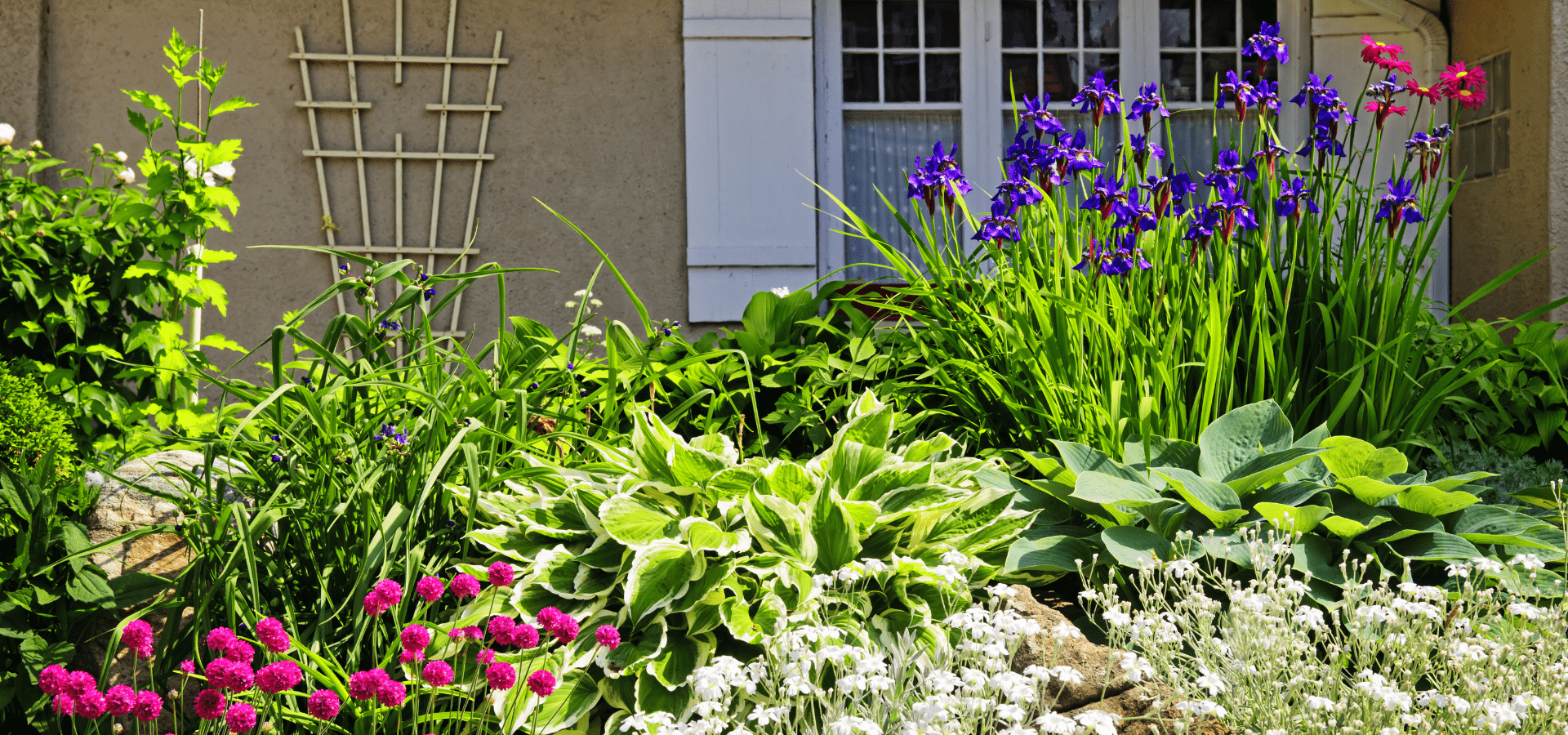
Types of Plants for Different Landscaping Purposes
Different plants serve different roles in your landscape. Let's explore the best choices for adding beauty, shade, and edible delights to your garden.
Ornamental Plants
When choosing flowers and ornamental grasses, consider how much sunlight your garden receives. Select plants that match your soil type and drainage.
Think about the bloom time to add continuous color throughout the seasons. Choose plants with varying heights and textures for visual interest.
Finally, consider the maintenance needs and water requirements to match your gardening style. Investing in gardening
equipment like a quality watering can or drip irrigation system can simplify watering tasks. Here are three popular ornamental plant options.
- Coneflower (Echinacea)
- Ornamental Feather Grass (Stipa)
- Lenten Rose (Helleborus)
Trees and Shrubs
Trees and shrubs add structure, shade, and privacy to your garden. When selecting trees, consider their mature size to ensure they fit well in your space without overcrowding.
Popular choices for Richmond include the stately Red Maple and the flowering Dogwood. Shrubs like Evergreen Hydrangea and Azalea offer year-round greenery with vibrant blooms. Most hydrangeas are deciduous, so they lose their leaves each year.
Consider maintenance needs when choosing trees and shrubs. Some, like Crepe Myrtle, require regular pruning to maintain shape and promote blooming. Others, like Holly, need minimal upkeep but still provide lush foliage and seasonal berries. Both are good choices for a natural privacy screen.
Landscaping professionals can assist with pruning and maintenance techniques for your plants.
It's also important to understand growth habits and planting locations. Plant larger trees away from structures to prevent root damage and give them room to grow.
Shrubs can create borders, hedges, or focal points in your garden. Both trees and shrubs offer flowering options for bright spring displays. Some also provide Fall brilliance as their leaves change color before shedding.
Carefully select trees and shrubs that match your garden's needs and preferences for a beautiful and functional outdoor space.
Edible Plants and Herbs
Another plant type for your garden is the edible variety. An herb garden near the kitchen door gives easy access to tasty meal additions. Beyond a dedicated vegetable garden, think about fruit and nut trees or berry bushes.
Here are some of the best choices for home gardens in Richmond.
- Apple Tree
- Peach Tree
- Fig Tree
- Pecan Tree
- Blueberry Bush
- Raspberry Cane
- Strawberry Plant
Here are some ways to integrate edible plants into a landscaping design plan.
- Mix edible plants with ornamental ones to create a visually appealing garden.
- Choose fruit trees and berry bushes that complement your existing outdoor setting.
- Plant herbs and vegetables in raised beds or colorful containers for easy maintenance and access.
- Use edible plants as focal points or borders.
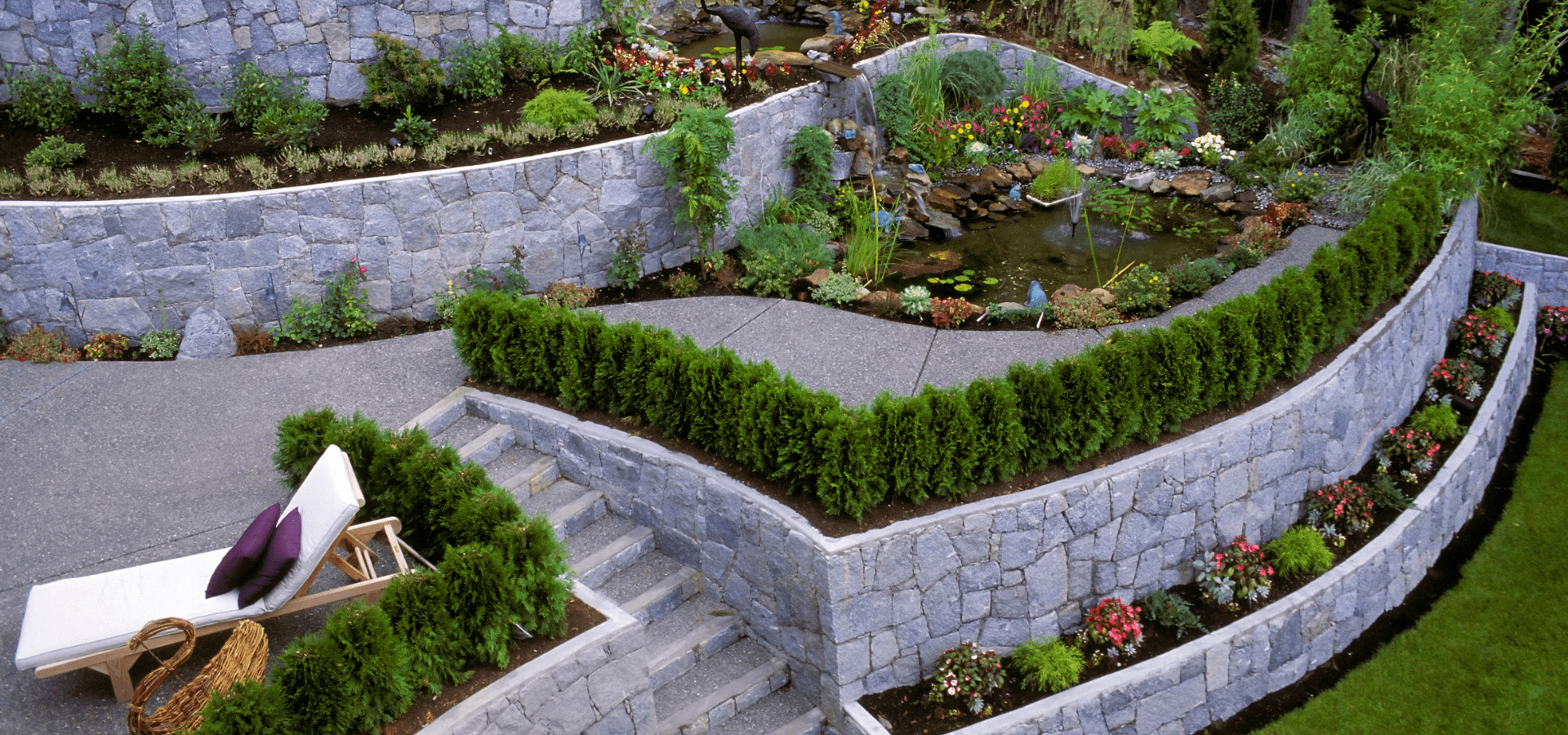
Factors to Consider When Selecting Plants
First, consider each plant's maintenance requirements. Evaluate how much time and effort you can dedicate to caring for them. Think about tasks like watering, pruning, and pest control.
Then, assess the sunlight and water needs of potential plants. Ensure they match your garden's sunlight levels and irrigation capabilities.
Third, consider the type of soil in your garden. Is it sandy, clayey, or loamy? Choose plants that grow in that type of soil and drainage conditions.
Additionally, determine how much space is available. Consider each plant’s mature size. Plan for adequate spacing to prevent overcrowding and allow for enough airflow.
Next, consider the functional goals of your landscaping design. Select plants that fulfill practical needs, like providing shade or privacy.
Lastly, factor in local environmental conditions, including Richmond's USDA Hardiness Zone (Zone 7.) Choose plants that can tolerate the region's climate variations.
Design Considerations
Designing your garden layout is key to making it look great and work well for you. Think about plant placement to make your outdoor space both beautiful and useful. By arranging plants thoughtfully and balancing how they look, you can create a garden that's both practical and pleasing to look at.
Our
Richmond Landscapes team can expertly advise you on plant selection for our local climate.
Planting Zones and Layout
Richmond is within USDA Hardiness Zone 7. That influences the plant types that grow best in the area's moderate winters and hot, humid summers.
When planning your garden layout, consider how much sunlight different areas receive throughout the day. Then, group plants with similar water and sunlight needs together. They’ll grow healthier, and you’ll simplify maintenance.
Create layers in your garden design for visual interest. Place taller plants at the back of your grouping and shorter ones at the front to add depth. Consider creating focal points with specimen plants or clusters of colorful blooms to draw the eye.
Integrate pathways and access points into your layout to make maintenance easier. They’ll encourage family and friends to meander through the garden to enjoy your hard work.
Mixing and Matching Plants
Strategic planning can yield a harmonious landscape for mixing and matching plants. Consider combining plants with varying textures, colors, and heights to create contrast and interest.
Pair evergreen shrubs with seasonal flowering plants for year-round color and structure. Additionally, incorporate native plants alongside non-native varieties to support local wildlife.
Sustainable and Eco-Friendly Planting Practices
Sustainable planting practices conserve resources and promote a healthy garden ecosystem.
- Select native plants, then add drought-tolerant species to minimize water usage.
- Use mulch to hold in soil moisture and keep weeds down.
- Composting enriches soil fertility naturally, so you need less chemical fertilizers.
- Integrated pest management techniques help control pests without harming beneficial insects.
Conclusion
To create an attractive garden, choose plants that suit the local weather and are easy to care for. Consider how you want your garden to look, how much time you can spend on it, and your budget.
Use native plants that thrive in the area. They’ll save you money by needing less water. Plus, they’re low maintenance. So you’ll have more time to relax in the hammock. Plant selection isn’t hard, but it does take some thought. By developing a planting guide for your landscape design, you’ll have a garden to enjoy for years.
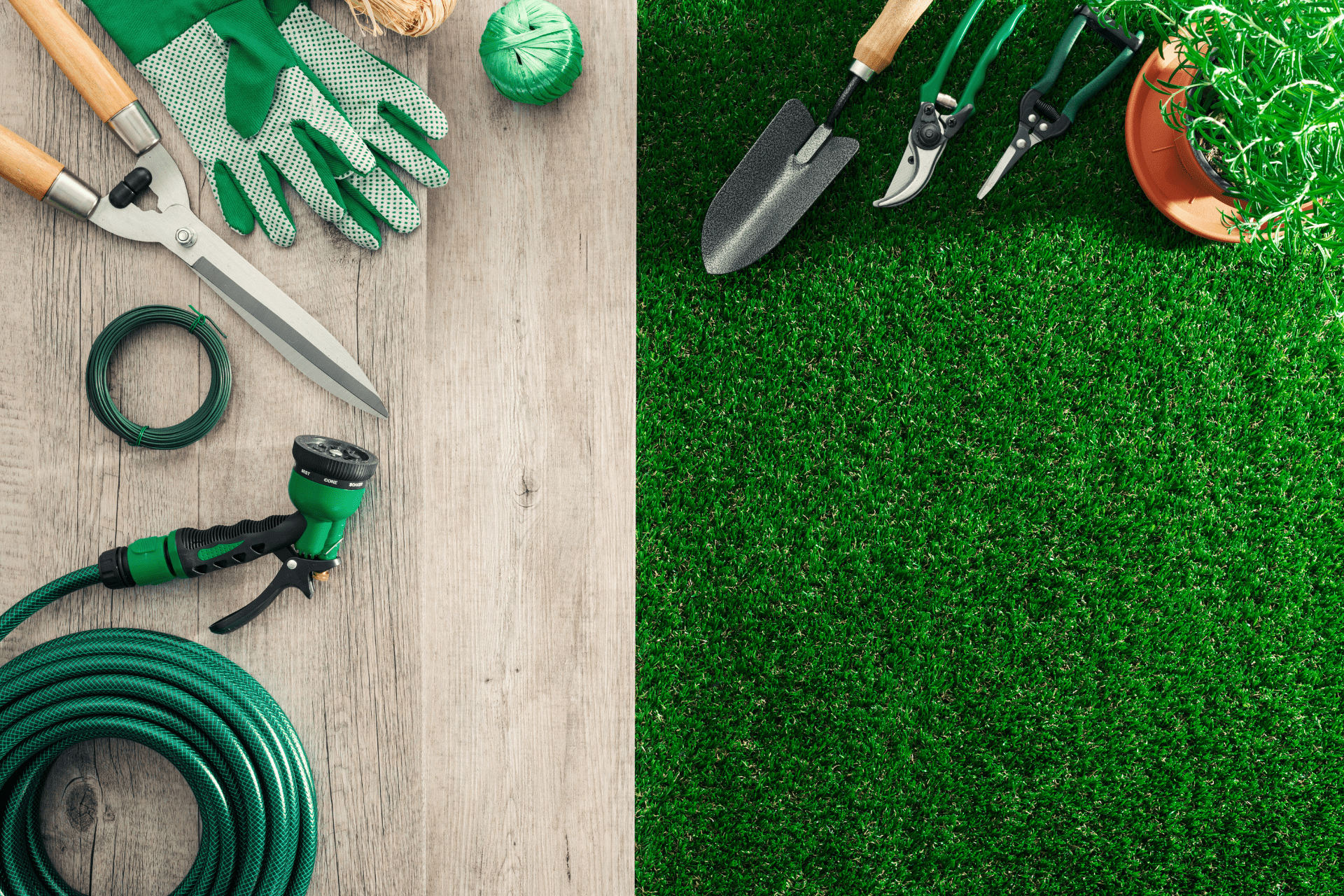
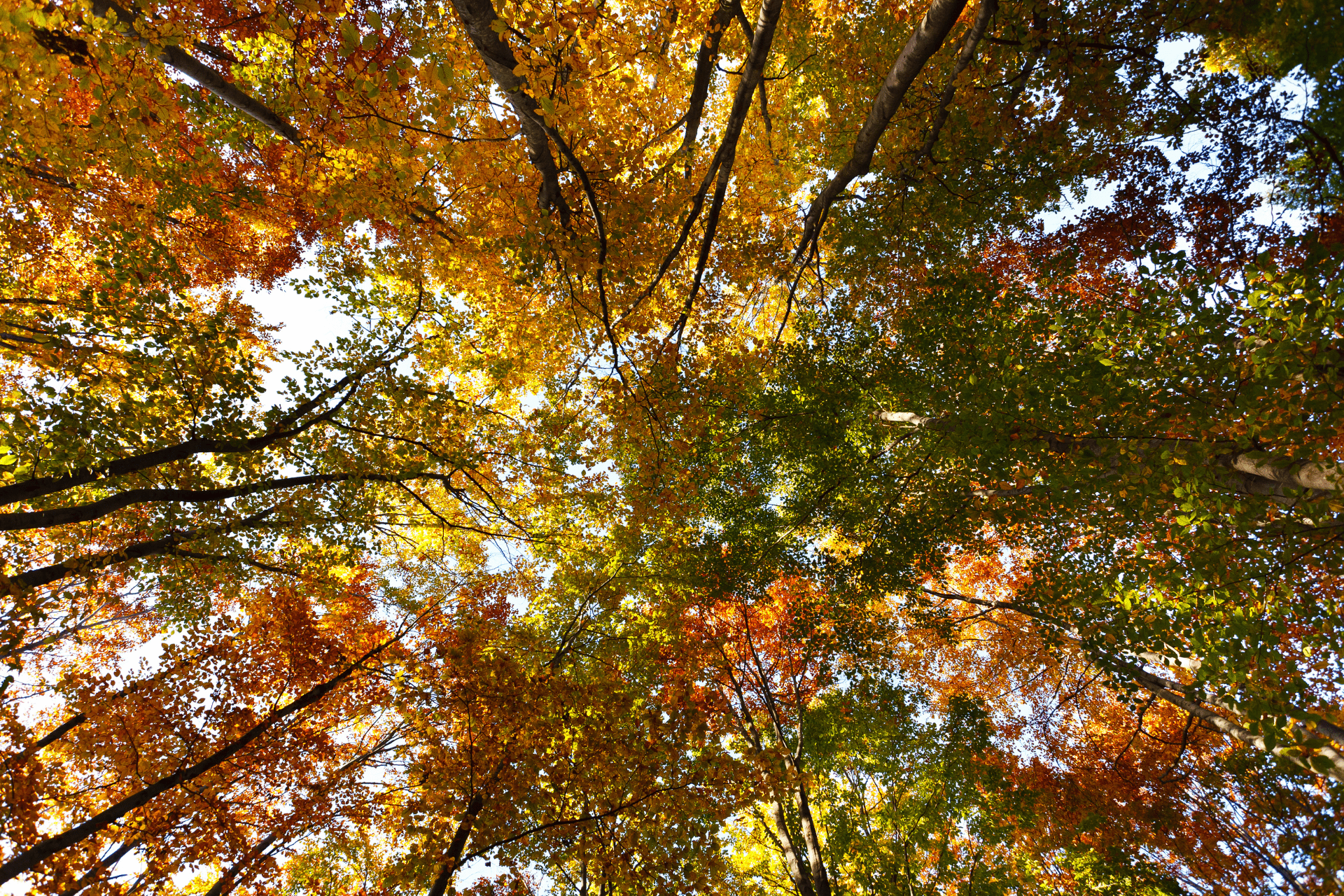

Contact
Richmond (City), Virginia, United States of America
